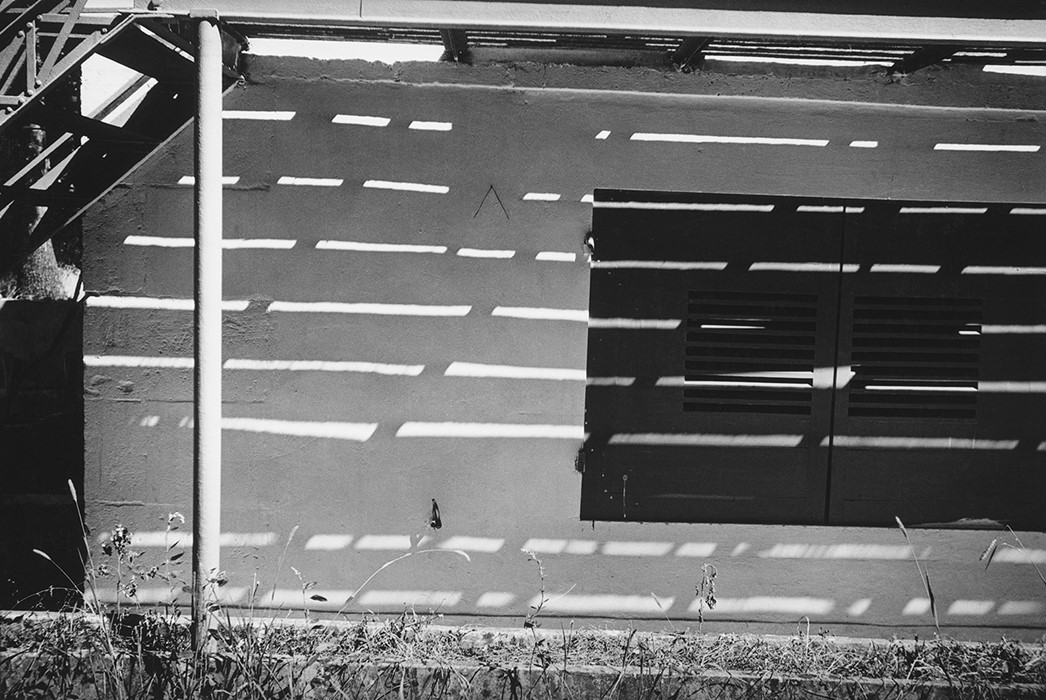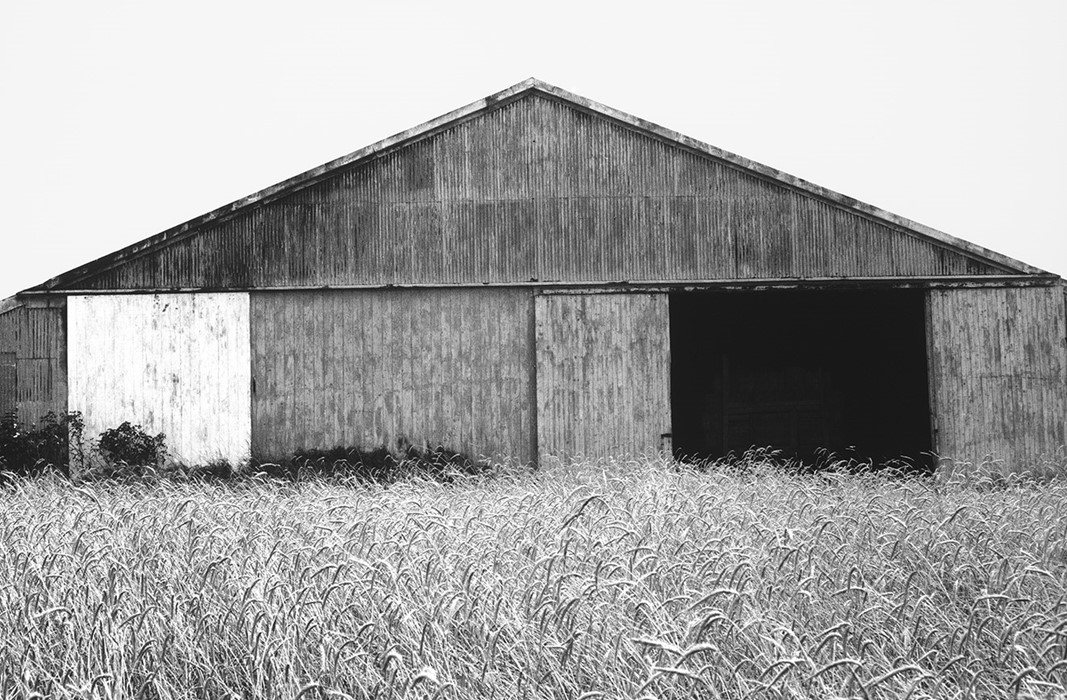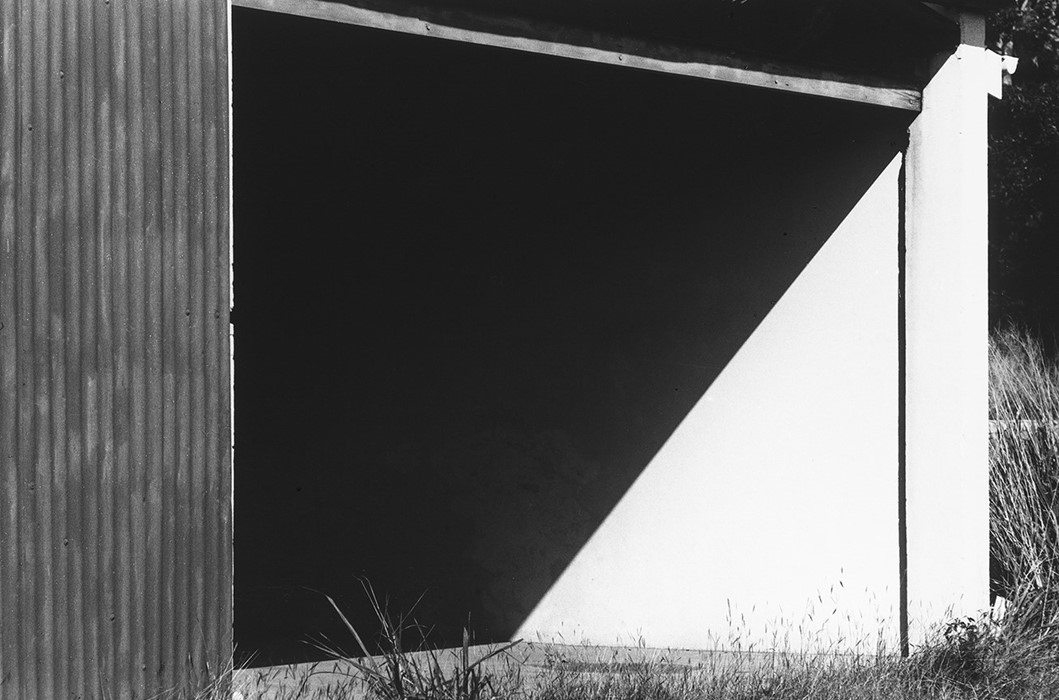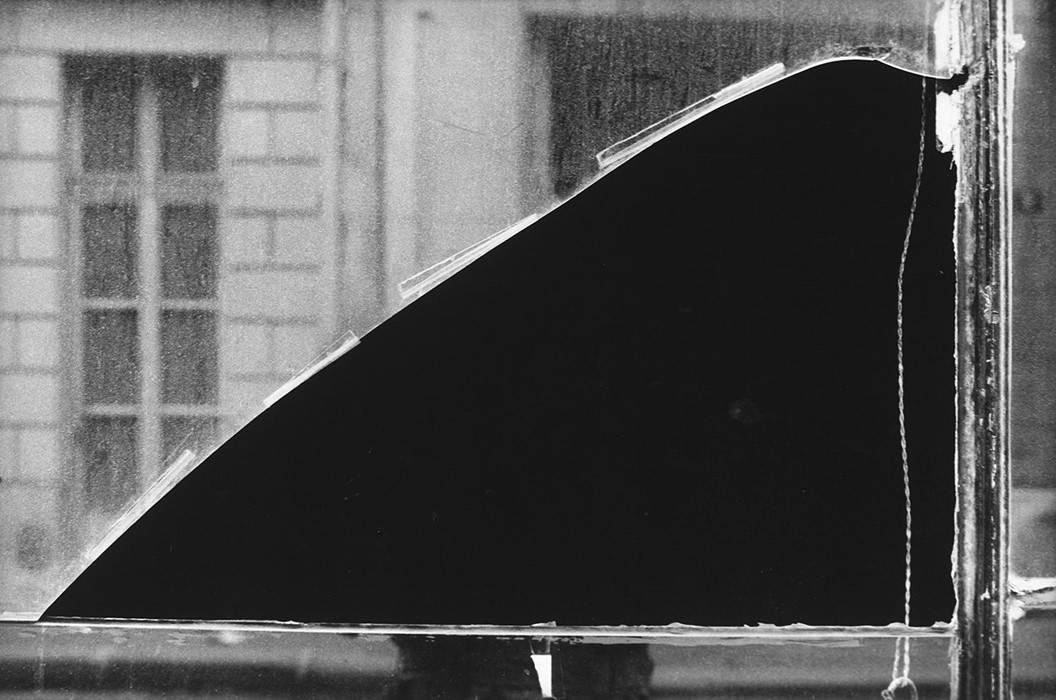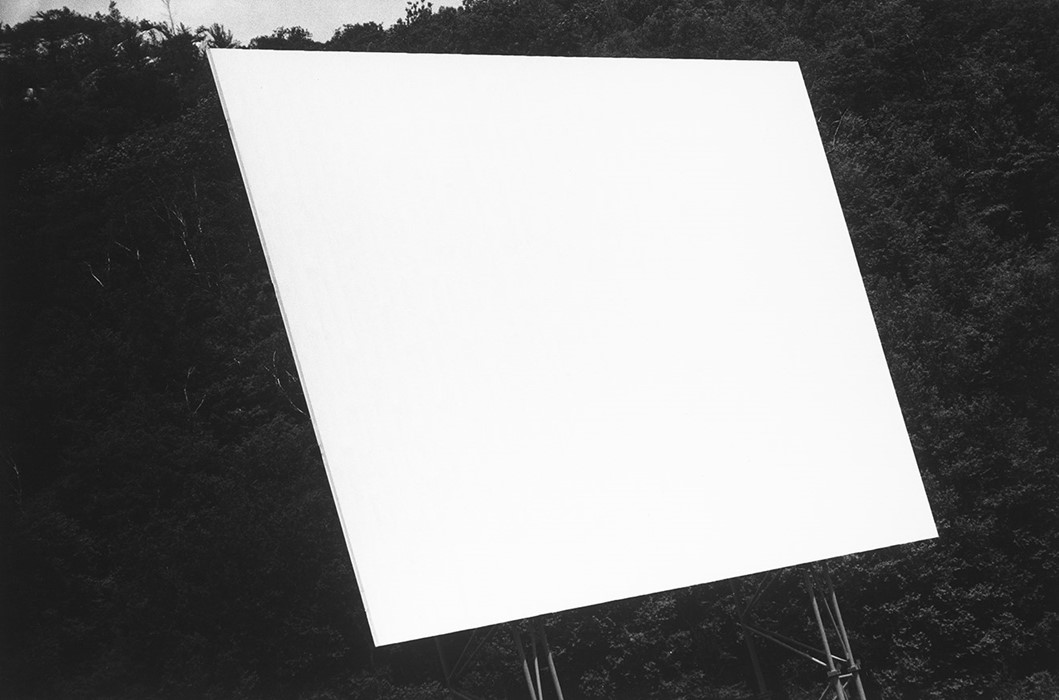“Photography for me is a way of seeing things from another angle,” writes Ellsworth Kelly in the introductory essay which opens his new book, Photographs – a series of minimalist black and white shots made of unexpected architectural details, sculptural forms and shapes spotted while out and about. “I like the idea of the interplay of two or three dimensions. My photographs are simply records of my vision, how I see things.”
As it transpires, Kelly is neither an avid nor a prolific photographer. When he finally bought a camera – “maybe it was in the late 1960s,” he ponders – having first begun taking photographs in France in 1950, he proceeded to use it with the same childlike curiosity which permeated his vibrant, colourful work in paint; utterly devoid of ego. Over time, taking photographs became a means of sketching – he would take snapshots of things he wouldn’t ordinarily draw, but which were in some way related to work he was doing in paint, from brick walls, trees and leaves, to the barns of Bridgehampton on Long Island, which he turned his attention to in 1968-69. “I’ve never thought of my painting as architectural, but a lot of the work springs from architectural motifs,” he continues, making sense to himself of his chosen subject matter. Nonetheless, he is adamant that the two realms remain separate. “My paintings never develop from photographs directly. When I tried once, the form that I had been interested in didn’t exist outside of the photographs. The magic was in the photographs, and it stayed there.”
Kelly, as his essay aptly demonstrates, writes both as he thinks and as he sees – using words sparingly, but with profound effect. His reflection upon the disparity between the eye, the lens and the paintbrush is particularly interesting, evoking the limitations of each even as he celebrates them individually. “Photographs lack the power that our two eyes give us, the ability to upset our certainty about what’s out there,” he writes. “I remember once in Paris I was lying under a tree, looking up through the leaves. I closed one eye, and it looked like a tapestry – flat, with a thousand different overlaps. Then I opened both eyes and it was amazing, like a canyon, with great depth.” His words, like his images, are almost philosophical in their quiet resonance.
Above all, however, there is a curious tranquility to Kelly's still life photographs; to look at them is something like meditation for the eyeballs. They are as separate as separate can be from his dynamic works on canvas, and yet the abstraction which characterises the large part of his oeuvre is present throughout everything his hand touches, be that a swooping curve of red in oil, or a photograph of an oddly geometric shadow. Most of all, they feel very peaceful – appropriately, given his inherent aim. “Art is about trying to get to the truth,” he writes, closing his sharp essay, “however intuitive”.
Ellsworth Kelly: Photographs is out now, published by Aperture.

